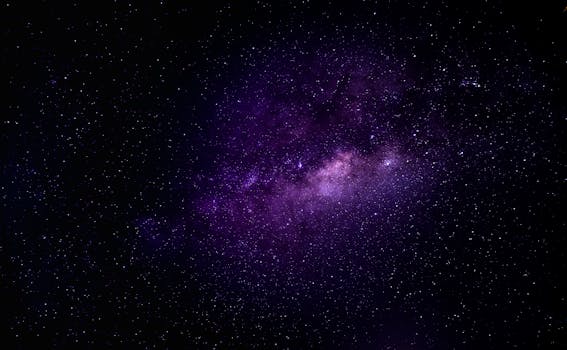
“
Beyond the Milky Way: Imagining New Worlds and Possibilities
Beyond the Milky Way: Imagining New Worlds and Possibilities has always been a topic of interest and fascination for humans. The vastness of the universe and the mysteries that lie beyond our galaxy have captivated scientists, philosophers, and science fiction writers for centuries. For more on the imaginative aspects of our universe, check out Galaxies of Dreams: How Imagination Transcends the Night Sky.
Introduction to the Universe
The universe is estimated to be around 13.8 billion years old, and it is still expanding. The Milky Way, our home galaxy, is just one of the billions of galaxies that exist in the observable universe. The Milky Way is a barred spiral galaxy, consisting of hundreds of billions of stars, gas, and dust.
The universe is thought to have begun as an infinitely hot and dense point, known as a singularity, around 13.8 billion years ago. This singularity expanded rapidly, and as it did, it cooled and formed subatomic particles, atoms, and eventually the stars and galaxies we see today. For more insights, you can explore From Stardust to Dreams: Imagining Life Beyond the Stars.
Exploring the Galaxy
Our understanding of the universe has come a long way since the early days of astronomy. With the help of telescopes, spacecraft, and other technologies, we have been able to explore our galaxy and beyond. The Milky Way is thought to be around 100,000 light-years in diameter, and it is estimated to contain between 200 and 400 billion stars.
The galaxy is divided into several regions, including the central bulge, the disk, and the halo. The central bulge is the densely populated region at the center of the galaxy, while the disk is the flat, rotating region that contains most of the galaxy’s stars, gas, and dust. The halo is the outermost region of the galaxy, which is thought to be composed of dark matter.
Imagining New Worlds
As we continue to explore the universe, we are constantly reminded of the vast possibilities that exist beyond our galaxy. The discovery of exoplanets, which are planets that orbit stars other than the Sun, has opened up new avenues for research and exploration. For a deeper dive into this topic, see Soaring Through the Cosmos: The Power of Imagination Beyond the Stars.
Some exoplanets are thought to be similar in size and composition to Earth, and could potentially support life. The discovery of these exoplanets has raised questions about the possibility of life existing elsewhere in the universe, and has sparked a new era of research into the search for extraterrestrial intelligence (SETI).
Takeaways
- The universe is estimated to be around 13.8 billion years old and is still expanding.
- The Milky Way is just one of the billions of galaxies that exist in the observable universe.
- Our understanding of the universe has come a long way since the early days of astronomy.
- The discovery of exoplanets has opened up new avenues for research and exploration.
- The possibility of life existing elsewhere in the universe is a topic of ongoing research and debate.




